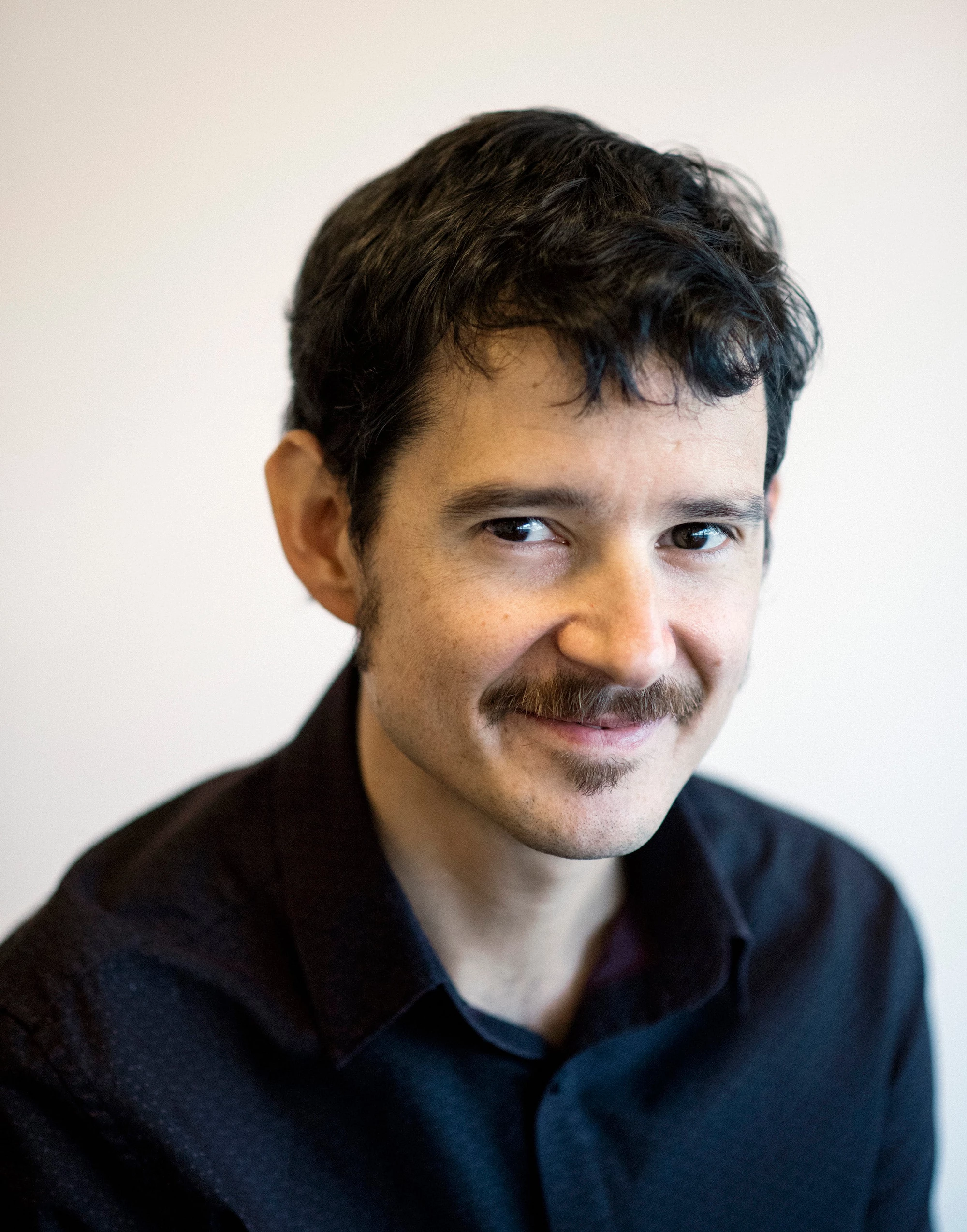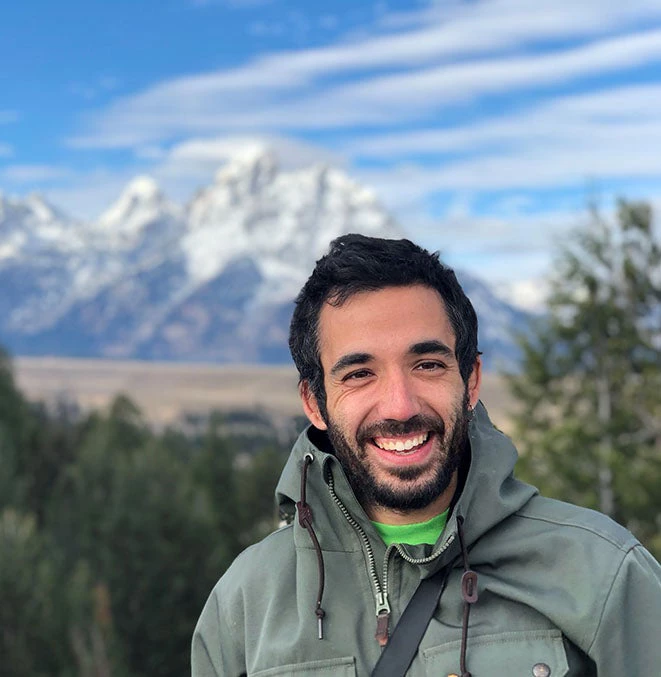 Little girl on computer in Latin America
Little girl on computer in Latin America
In a crisis, inequalities are likely to widen. What the coronavirus (COVID-19) pandemic has made evident is the gap between education systems that already have a robust platform of solutions to deliver remote learning and those that don’t. These gaps highlight the disparities in access to electricity, the internet, and devices. While those are considered to be the main challenges, there is a whole set of additional gaps that become evident even when the basic infrastructure is available.
First, COVID-19 has exposed a large digital gap in how to use technology in a pedagogically meaningful way to enhance teaching and learning. Additionally, we see the school digital gap that distinguishes between education institutions that are simply content suppliers and those that can maximize learning by offering much more than access to educational materials (online and via radio or TV). The latter gap highlights whether a school has the capacity to offer well planned and carefully selected sequences of digital learning, along with appropriate monitoring mechanisms. The emphasis should be not only on the delivery of resources but also on generating engagement and active feedback – a situation where, instead of simply maximizing the time online, educators prioritize the quality of the learning experience.
The actions to minimize the impact of school closures can be planned as short-term (emergency mode) or mid- and long-term solutions (allowing resilience, recovery, and reform of the education system). However, in low-resource environments, the emergency action often ends up being the de facto solution. Why wouldn’t education systems adopting proven solutions that can not only minimize the consequences of COVID-19, but also build better infrastructure for education in the future?
The three examples below illustrate how to reduce the current and (potentially) future learning inequalities. These country experiences are organized into three categories: content curation and classification; scalable technologies; and digital pedagogies.
Crowdsourced content, curation and classification:
The Spanish Ministry of Education, through The National Institute of Educational Technologies and Teacher Training (INTEF) in partnership with the Spanish Radio and Television Corporation (RTVE), and in collaboration with different publishers, collated in record time a comprehensive selection of educational resources, for broadcast on television and available online. The key steps were:
1) Leveraging content that already exists rather than creating new content. As a quick first step, the Spanish team aggregated all the educational content already made available by the administration. Then major publishers were invited to share their educational materials (mainly short videos). In addition, digital learning resources were collected from other sources such as social media (videos from popular YouTuber teachers).
2) Classifying and categorizing resources. Two teams of educators (for primary and secondary) revised, selected, and validated the resources. This process not only focused on the usefulness of the resources but also aligned them with the national plan (structured by age and subject). Given the emergency circumstances, and the need to act fast, flexible quality controls were applied.
3) Multi-channel sharing of resources. Educational resources are now broadcast five hours every day via public TV (three hours in “Educlan” and two in “La 2”, from RTVE) and online (on demand). Learners (and teachers), can either watch television at the times that match their age and grade, or can access these resources online.
So far, the results are very promising. Almost 40% of the students between ages of 6 and 10 are watching Educlan, doubling and tripling the channel’s audience.
One of the key lessons learned is that constant communication is essential: public and private institutions are in constant contact with each other and with the communities of educators and associations (who are providing additional resources). The next steps will be to fill the gaps by producing specific content that is missing and reinforce the interaction with and participation of students.
More information in the podcast where the Spanish team shares their experience (download here).
Scalable technologies to reach everyone:
For over 50 years, Mexico has promoted educational television (Telesecundaria), offering remote learning through satellite television benefiting multi-grade schools. The pedagogical model combines short educational videos (5 to 30 minutes), supported by sessions using lesson plans and learning materials. The Telesecundaria model has been different from other teaching models because a teacher teaches all the subjects in each grade, like in elementary school but with videos.
Telesecundaria reaches 21.4% of the total secondary enrollment in Mexico (1.3 million students and 72,000 teachers). This modality is especially effective for communities that don’t have regular access to the internet, empowering remote, rural and marginalized populations. Now it is also being used by learners in other countries across Central America and in the United States and Canada.
To face the current crisis the Mexican Ministry of Education announced that it will extend the tele-lectures from preschool, primary, secondary, all the way to the tertiary level. The multimedia materials are structured by content types and by subjects and are broadcast via free and cable television (also online). The program also includes materials for teachers and parents. Telesecundaria has been used by a partner organization that is broadcasting these lessons via satellite to reach other Spanish-speaking countries.
Flexible digital pedagogies:
Since 2012 Uruguay has adopted an innovative model integrating live remote teaching of English as a second language, known as Ceibal en Inglés. English is taught in state schools through videoconferencing. The project involves a remote teacher and a classroom teacher. Each week the students connect with a remote teacher who teaches their classes via videoconference. Twice a week, students work on assignments using an online learning platform. This initiative was implemented in partnership between the government of Uruguay and the British Council. It reaches 80,000 children in grades 4-6 and over 17,000 students in grades 7-12. The results are promising – kids do perform better in national English exams.
During the crisis, the program has been adapted to the new circumstances. A combination of short videos and follow-up activities are completed on a weekly basis using the national online learning platform. Remote teachers work with students using different platforms to interact. These adaptations are not limited to just the telepresence tools. Now educators are adapting the content into targets that learners need to achieve. The next step is to adapt the lesson plans to the new situation, making sure that in addition to having access to content, learning is also about exchanges, interactions and human connections.
More information: download podcast.
These examples show that it is critical to design scalable EdTech solutions that can offer a good balance between the provision of educational materials, access to multichannel mechanisms, and constant support to enrich the teaching and learning experience. Countries are adopting flexible strategies to maintain learning in this new normal. Appropriate support and monitoring will be critical to ensure that the innovations implemented are not only in the delivery of content but also in enriching the learning experience. This will help address the crisis, but also create resilient institutional capacities to face future challenges.
For more useful resources prepared by the World Bank's EdTech team, visit the Remote Learning, EdTech & COVID-19 site.
Special thanks to Emanuela Di Gropello, Robert J. Hawkins, and Helena Rovner for the feedback and support.



Join the Conversation